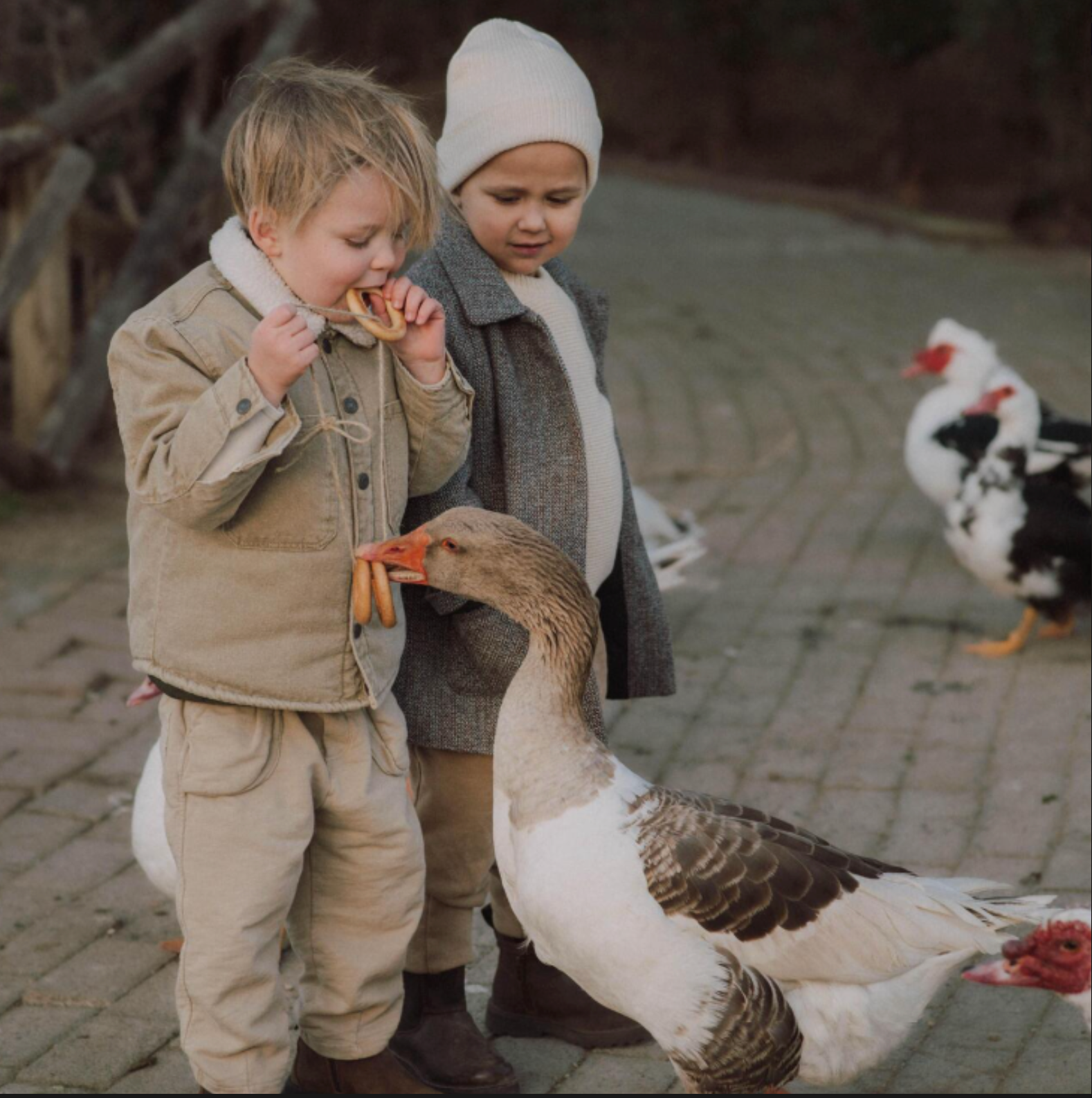Raising Birds with Kids: A Guide

Raising Birds with Kids: A Guide
SUMMARY
Teach children how to care for pet birds with this guide to raising birds in a family-friendly environment. Learn how to choose the best bird species for kids, create a safe and educational experience, and foster a positive bond between children and their feathered companions.
FEATURES
- Best Bird Species for Families: Discover which birds are suitable for households with children.
- Teaching Responsibility: Help kids understand the basics of bird care.
- Safe Bird Handling for Kids: Show children how to interact with birds gently and respectfully.
- Establishing a Feeding Routine: Make mealtime a shared learning experience.
- Creating an Enriching Environment: Provide toys and activities that benefit both birds and kids.
- Setting Boundaries and Rules: Prevent accidents by teaching kids how to respect a bird’s space.
- Recognizing Bird Body Language: Help children understand when a bird is comfortable or stressed.
- Supervised Play and Bonding: Encourage positive interaction between kids and birds.
DESCRIPTION
Raising pet birds in a household with children can be a rewarding experience that teaches kids responsibility, empathy, and patience. Birds can become wonderful family companions, but proper education and supervision are essential to ensure a safe and positive environment for both the bird and the child.
Best bird species for families include Budgies, Cockatiels, Parrotlets, and Canaries. These birds are small, relatively easy to care for, and can be friendly when handled correctly. Larger parrots, such as African Greys or Macaws, require more experience and may not be ideal for younger children.
Teaching responsibility is a great way to help kids develop positive habits. Simple tasks like changing food and water, helping clean the cage, or refilling foraging toys teach children the importance of daily pet care. Assigning age-appropriate tasks ensures that kids feel involved while maintaining safe and proper care for the bird.
Safe bird handling for kids is crucial to prevent stress or injury. Children should always be taught to approach birds gently, using slow movements and soft voices. Instead of grabbing, they should allow the bird to perch on their hand or a training stick. Supervision is necessary to ensure the bird feels secure and comfortable.
Establishing a feeding routine can turn mealtime into a shared experience. Parents can teach children about the different foods birds eat, showing them how to provide fresh fruits, vegetables, and pellets. Learning about proper nutrition helps kids develop an appreciation for animal care.
Creating an enriching environment benefits both kids and birds. Encouraging children to help pick out or make bird-safe toys, set up climbing perches, or engage in gentle play with interactive games strengthens their bond with the pet. Foraging toys, mirrors (for certain species), and soft music provide additional stimulation.
Setting boundaries and rules ensures that birds and kids coexist safely. Children should understand when to leave a bird alone, especially when it is resting, eating, or displaying signs of discomfort. Teaching kids to close doors, avoid sudden movements, and wash their hands before handling the bird prevents accidents and maintains hygiene.
Recognizing bird body language helps children interact safely and respectfully. Teaching them signs of happiness (such as relaxed feathers and chirping) versus stress (such as fluffing up, hissing, or biting) allows them to develop a deeper understanding of their pet’s needs and emotions.
Supervised play and bonding create lasting relationships between children and birds. Short, positive interactions, such as talking to the bird, watching it play, or gently offering treats, help kids form a meaningful connection. Parents should always supervise interactions to ensure safety for both the child and the bird.
By following these guidelines—choosing the right bird, teaching responsibility, ensuring safe handling, and fostering positive interactions—families can create a loving and educational environment where both kids and birds thrive. Raising a pet bird alongside children not only brings joy to the household but also helps teach valuable life lessons in compassion, patience, and respect for animals.
- sri palani

Comments 0